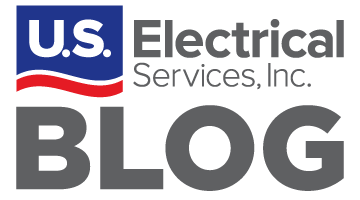
In the years that led to the new millennium, the United States was a behemoth consumer of electricity. Around the 1990s, our demand for electricity jumped to over 25% in just one decade. The depression that shook our economy in 2007 scaled those numbers a little, as spending power of the general public dropped and businesses were forced to take austerity measures. Another 10 years hence, our economy is finally showing signs of recovery. Experts expect electricity costs to rebound in sync with that growth.
Electricity Powers Our Economic Growth
Now, more than ever, development in different sectors are becoming more and more dependent on electricity. More homes are going smart, and almost completely electrified. Cars and public transportation that run on electricity are gaining traction by the day. In the business sector, mainstreaming remote work means more tasks are digitized and done online.
It’s not just the private sector that is driving higher electricity demand. The government has laid out its own mega-plans for jacking up our national economy in the very near future. When these come to fruition, expect electricity demand in the country to surge once again.
- The revival of the manufacturing industry, which plays a pivotal role in the direction of US GDP, will require a massive supply of power to maintain large-scale operations that serve global markets.
- $1 Trillion in new infrastructure will inevitably require electricity during construction. When completed, these new structures will add more end-user connections to the existing power grid.
- The housing economy, which has not yet quickened with the rest of the major sectors, is predicted to perk up in the coming years. More households means more energy consumers.
US Electricity Addresses Urgent Household Needs
The US Environmental Protection Agency attributes 25% of global greenhouse emissions to electricity and heat production. Electronic control over home conveniences are designed to decrease inefficient use of power. Ironically, overall energy demand also increases as more consumers opt for these innovations.
- Connected HVAC systems to maintain household environments in conducive temperatures
- Smart housing that employ intelligent design for easy controls and efficient energy use
- Electric cars and bikes to combat volatile oil prices and carbon emission
Higher Electricity Demand Forces Us to Seek Sustainable Alternatives
While these solutions help reduce energy wastage and greenhouse gas footprint per capita, our population is growing, with at least 3 million more people adding to our cohort every year. Increased reliance in these environmental solutions means energy demand will also increase with population growth.
This sounds like bad news in short-ranged perspective. In reality, it provides the much needed impetus for corporate and home users to seriously consider more sustainable sources of power such as solar and wind energy. Currently, coal and natural gas are fueling only 65% of the energy demand. When the need spikes higher, additional supply is more likely to come from the renewable energy sector.
In a Nutshell
Rising electricity costs can seem like an economic damper at first glance. Viewed in light of our country’s current development, higher power costs actually signal better infrastructures, more efficient home management, and greater opportunities in the energy and business sectors.

